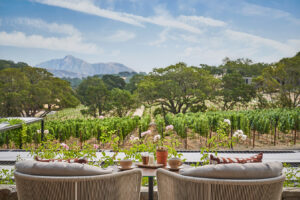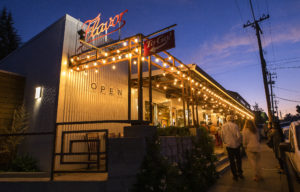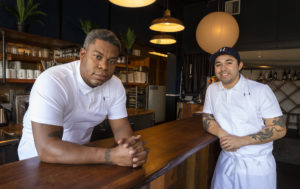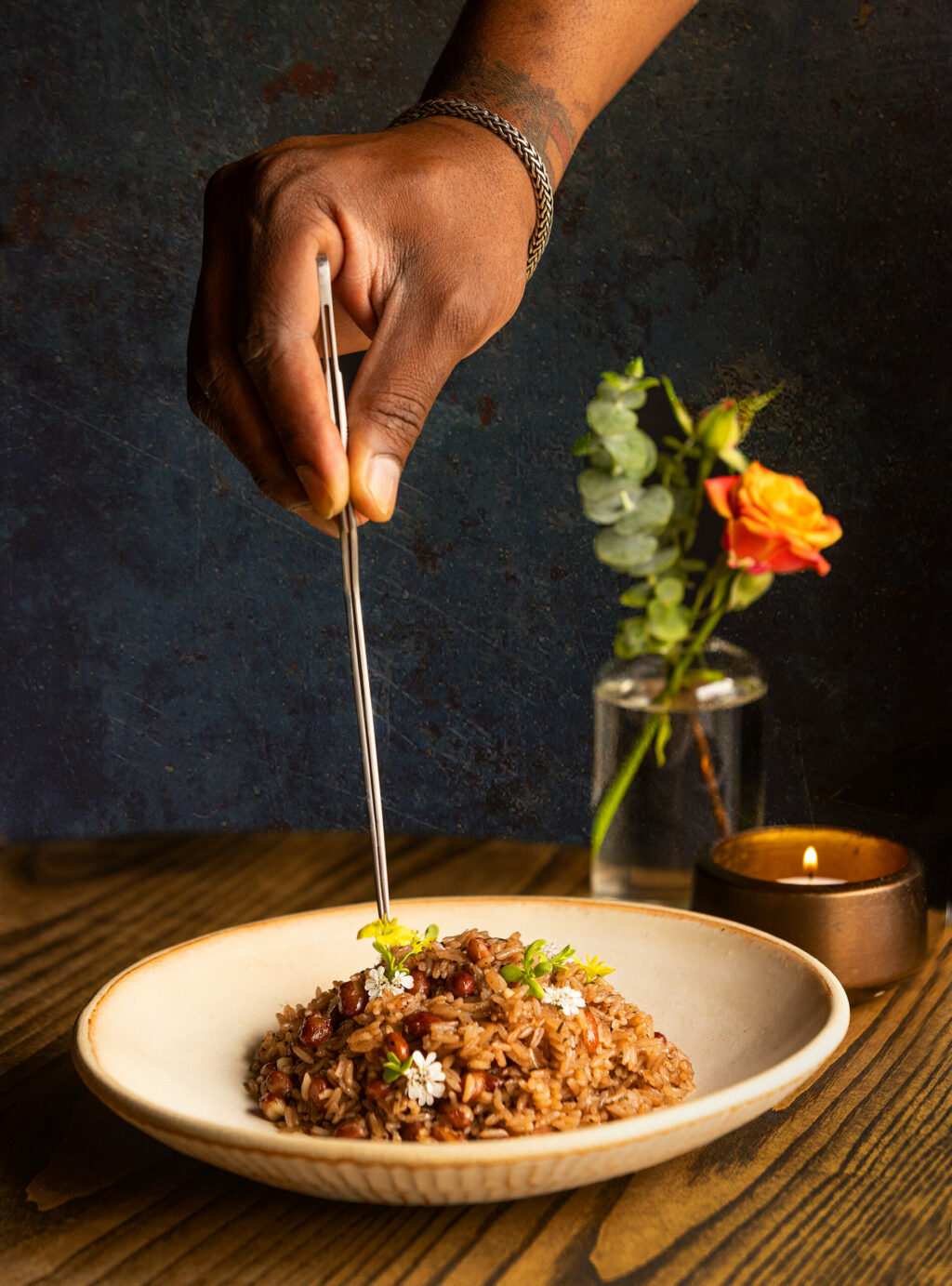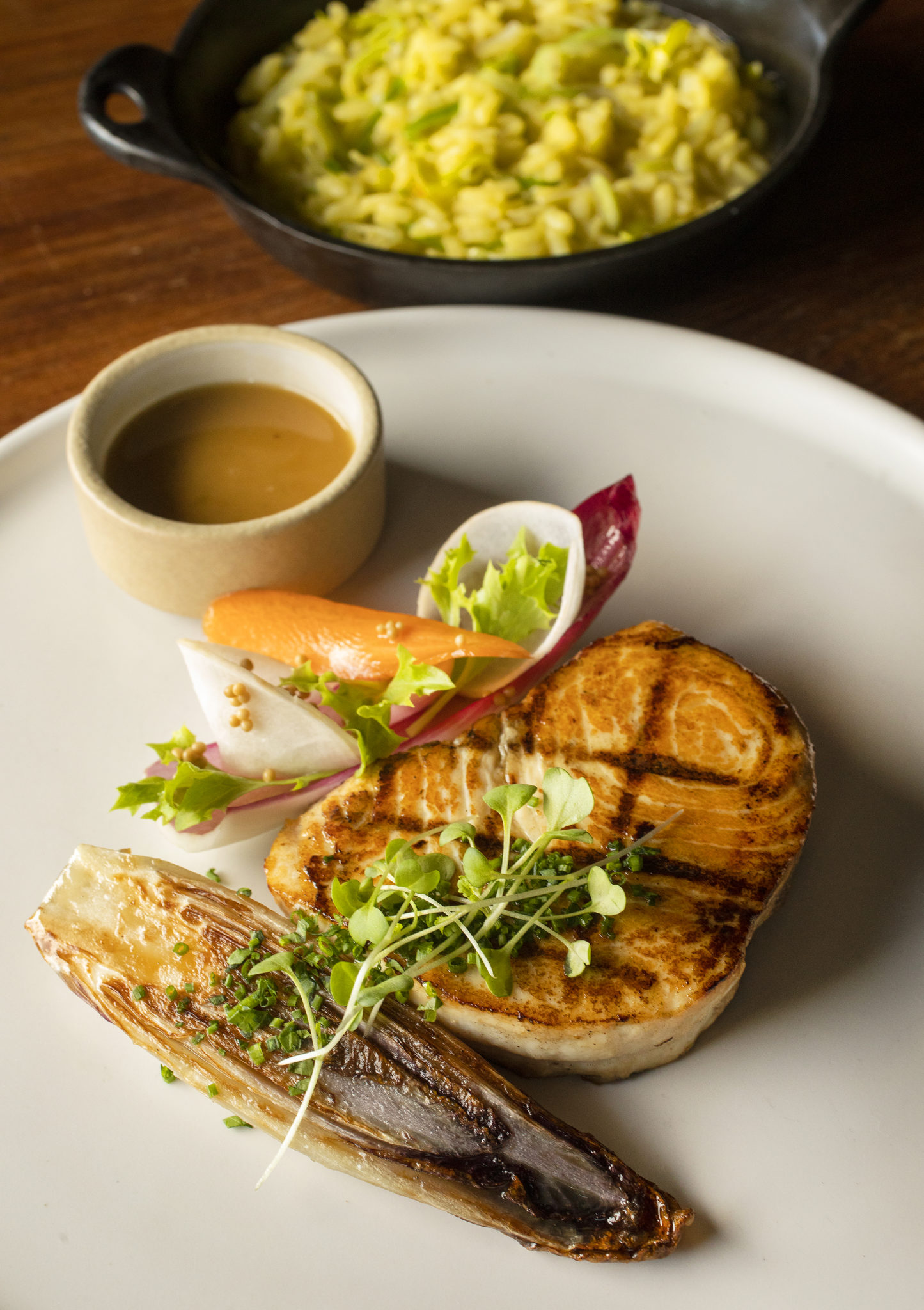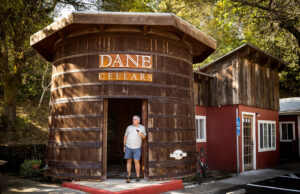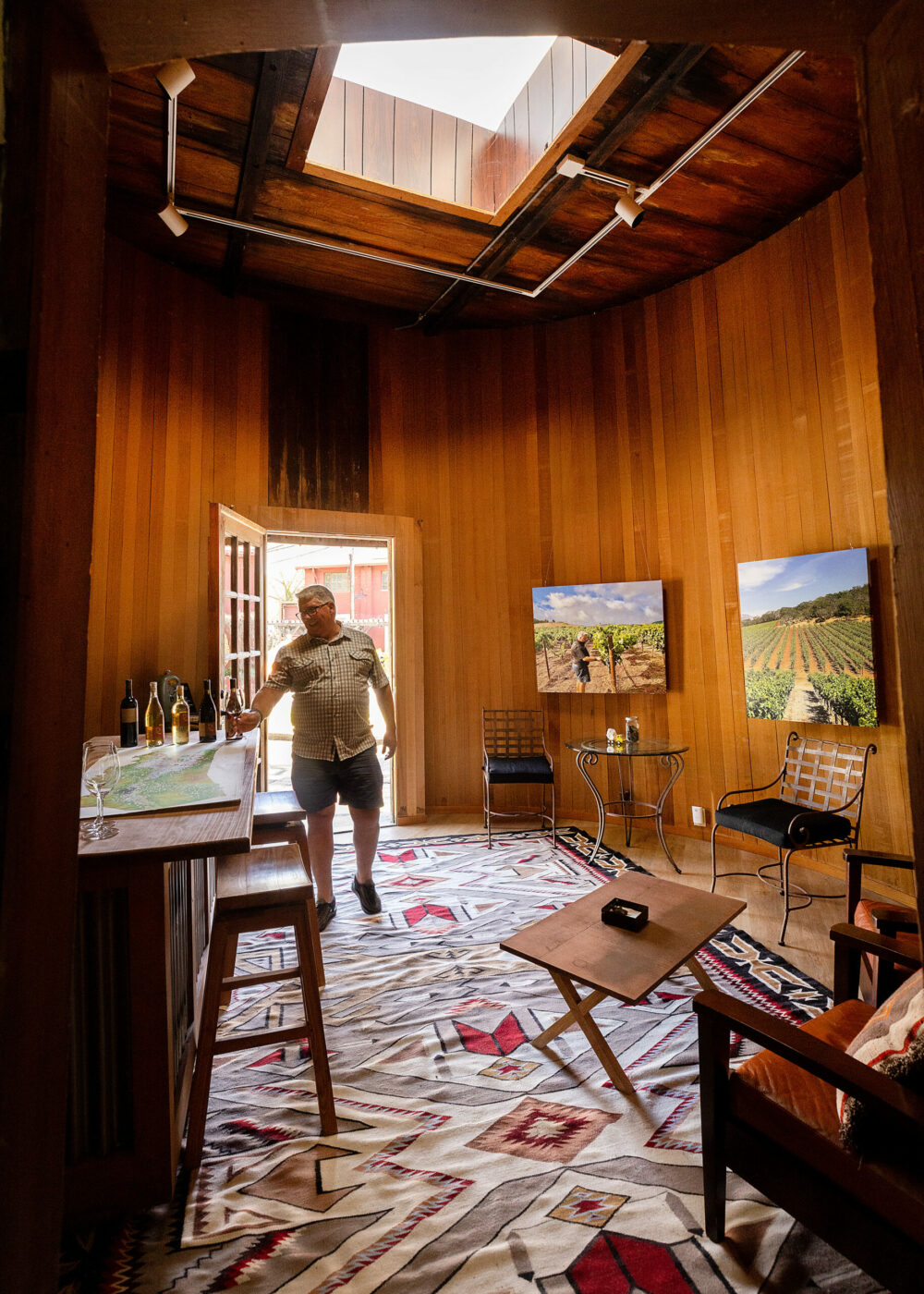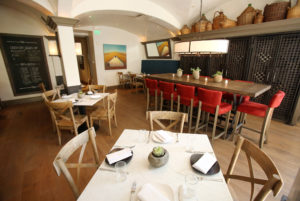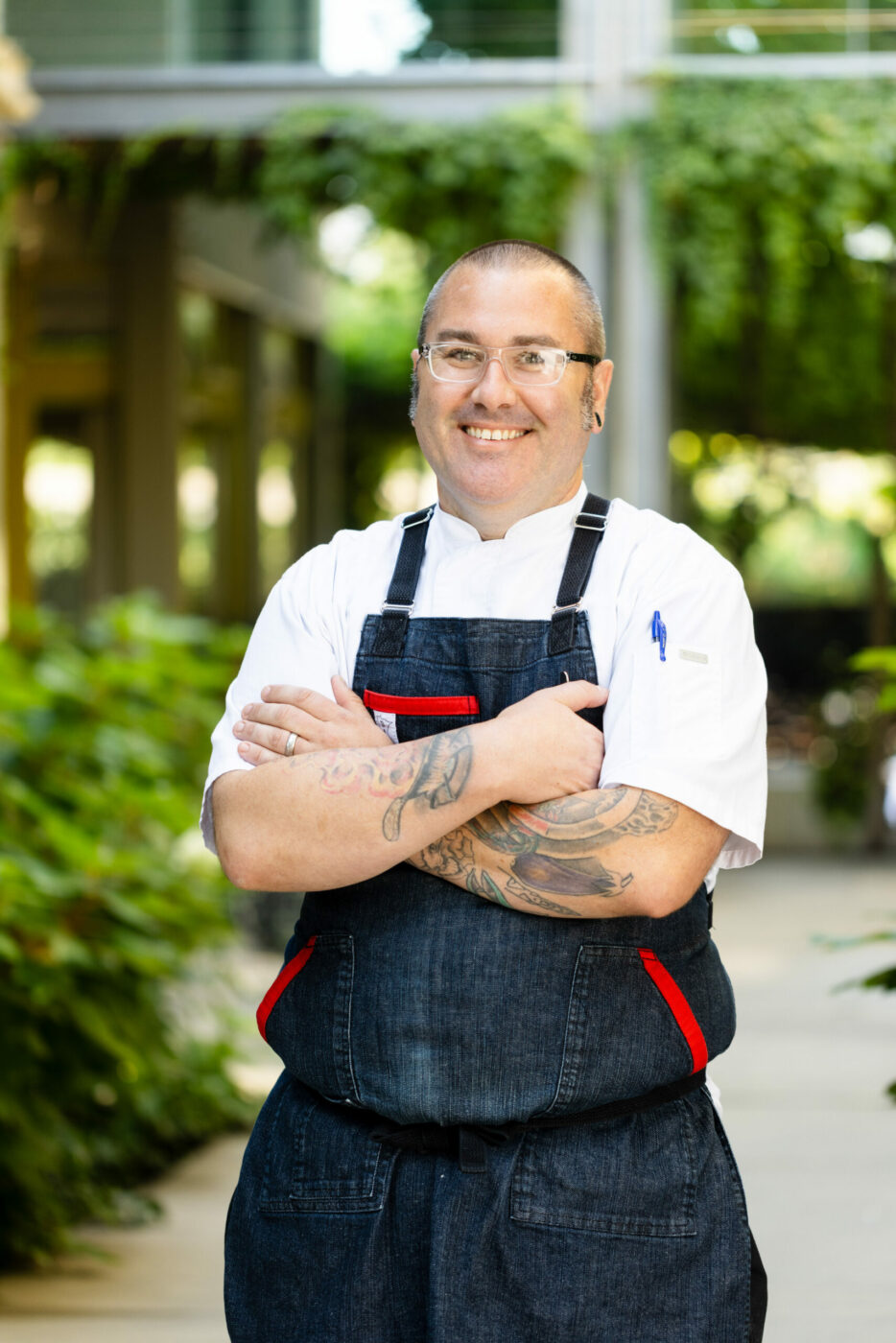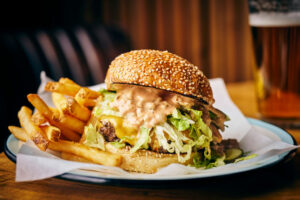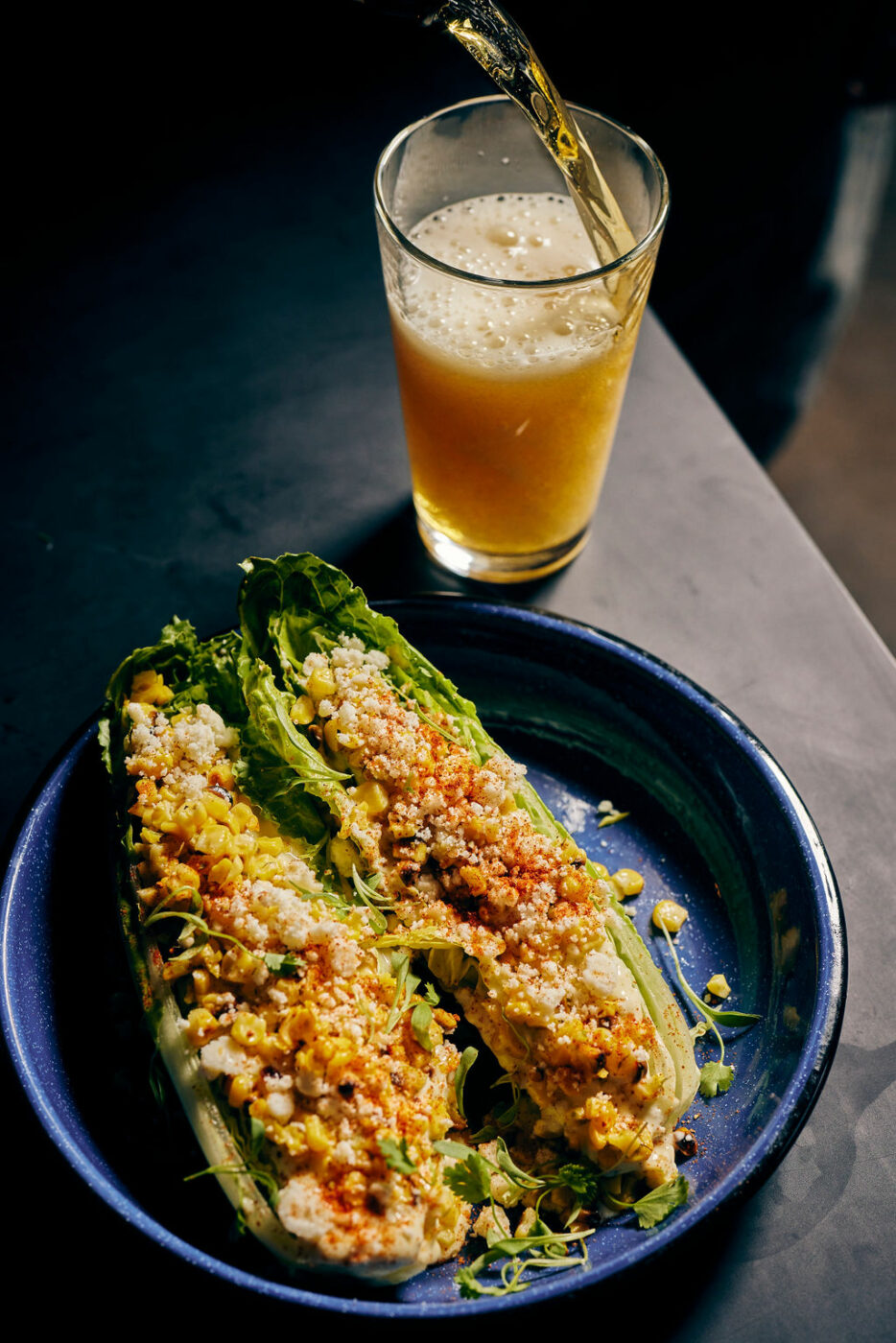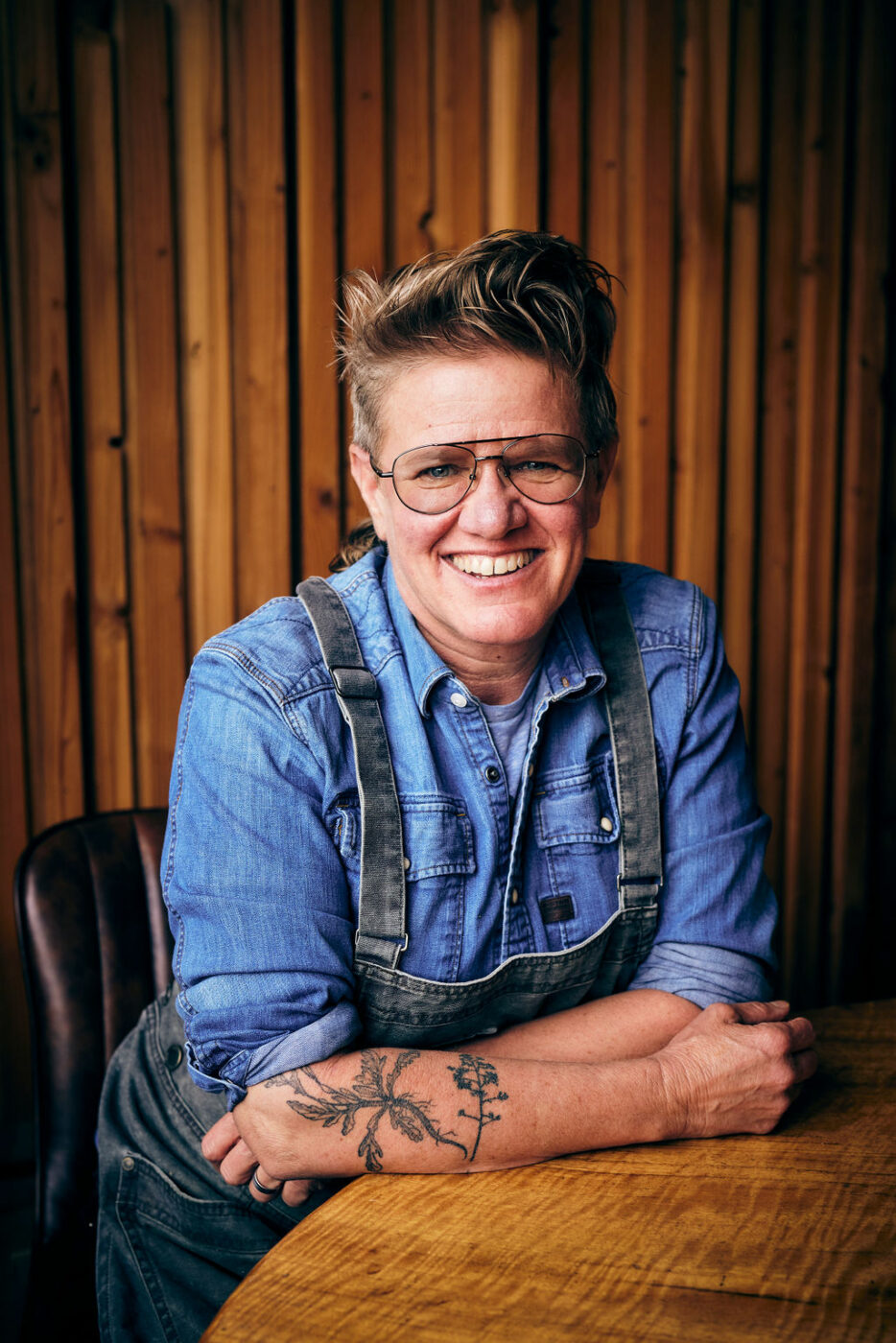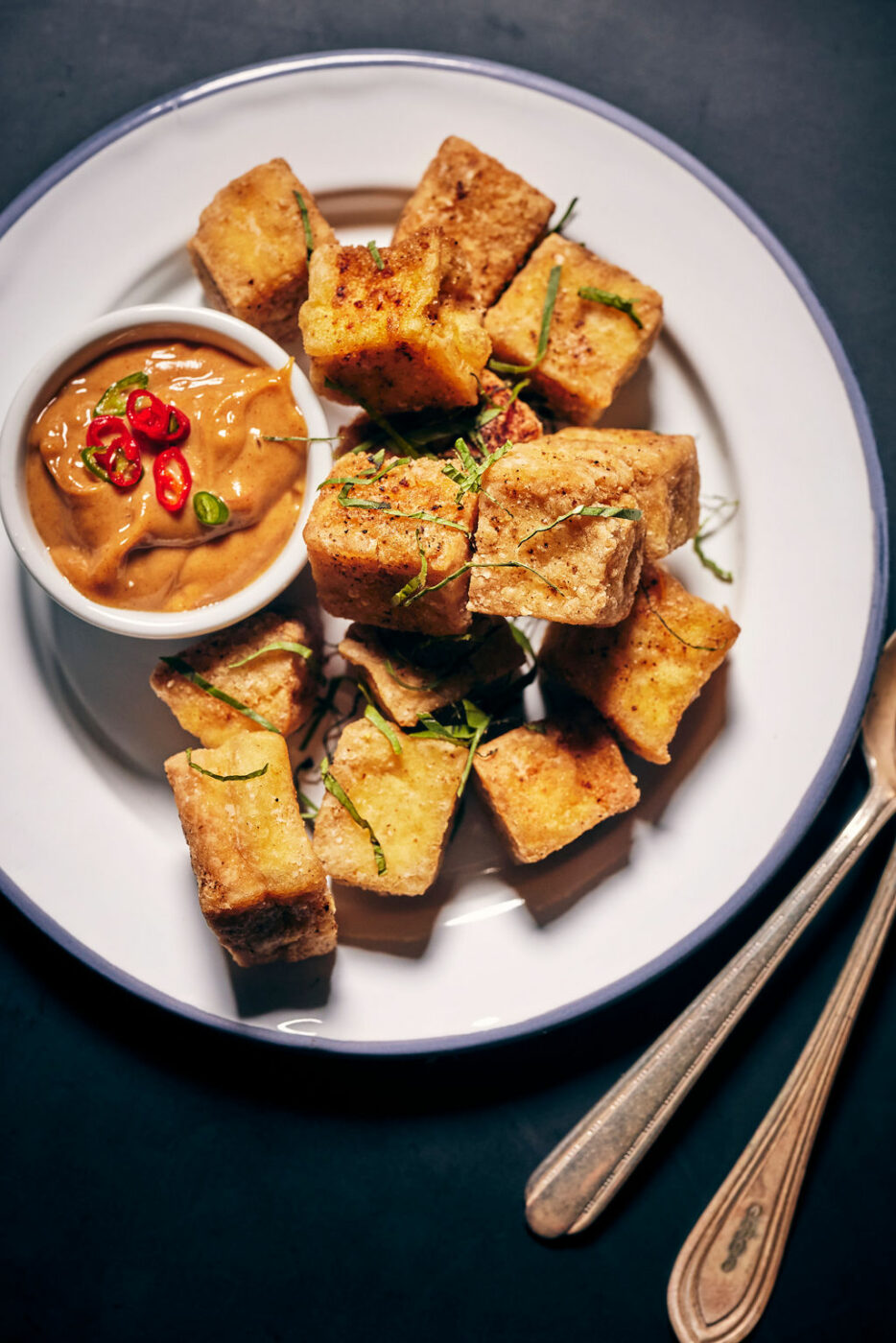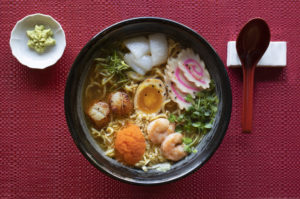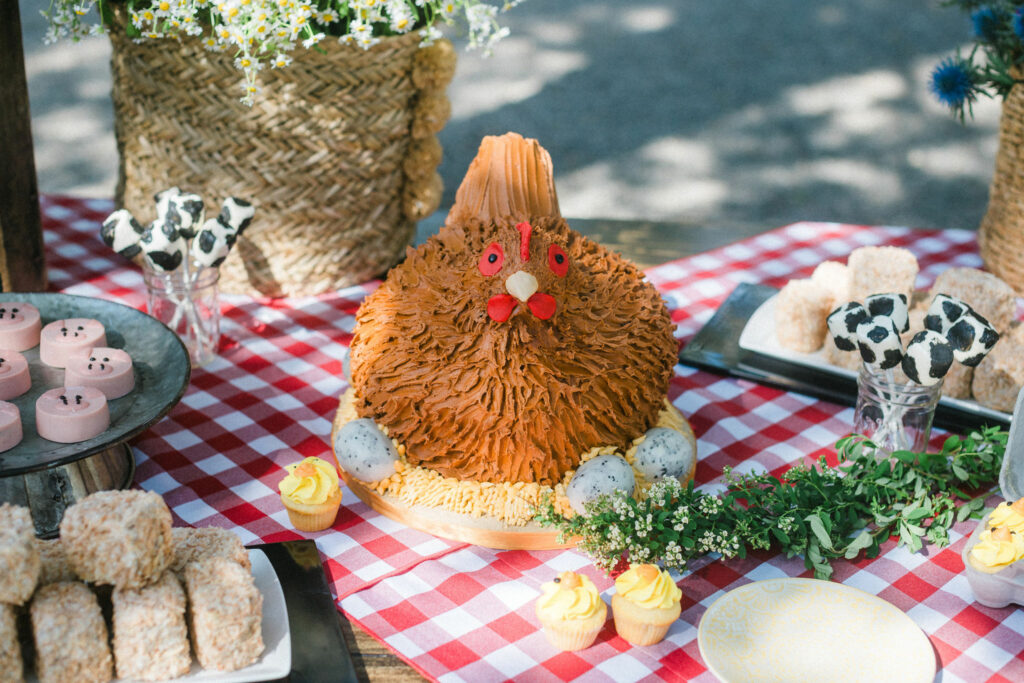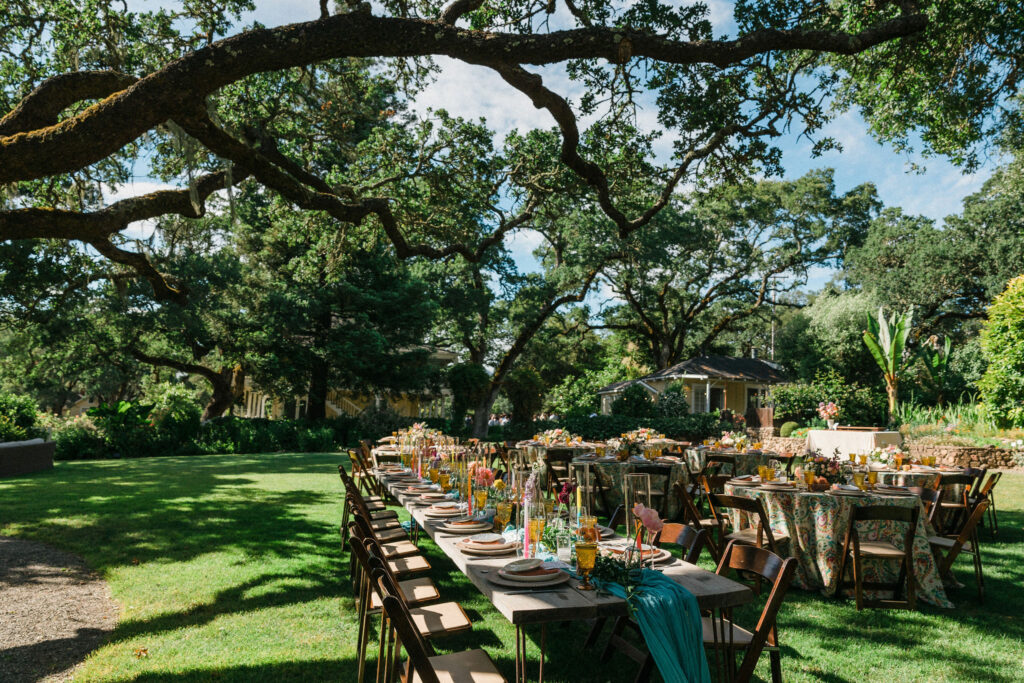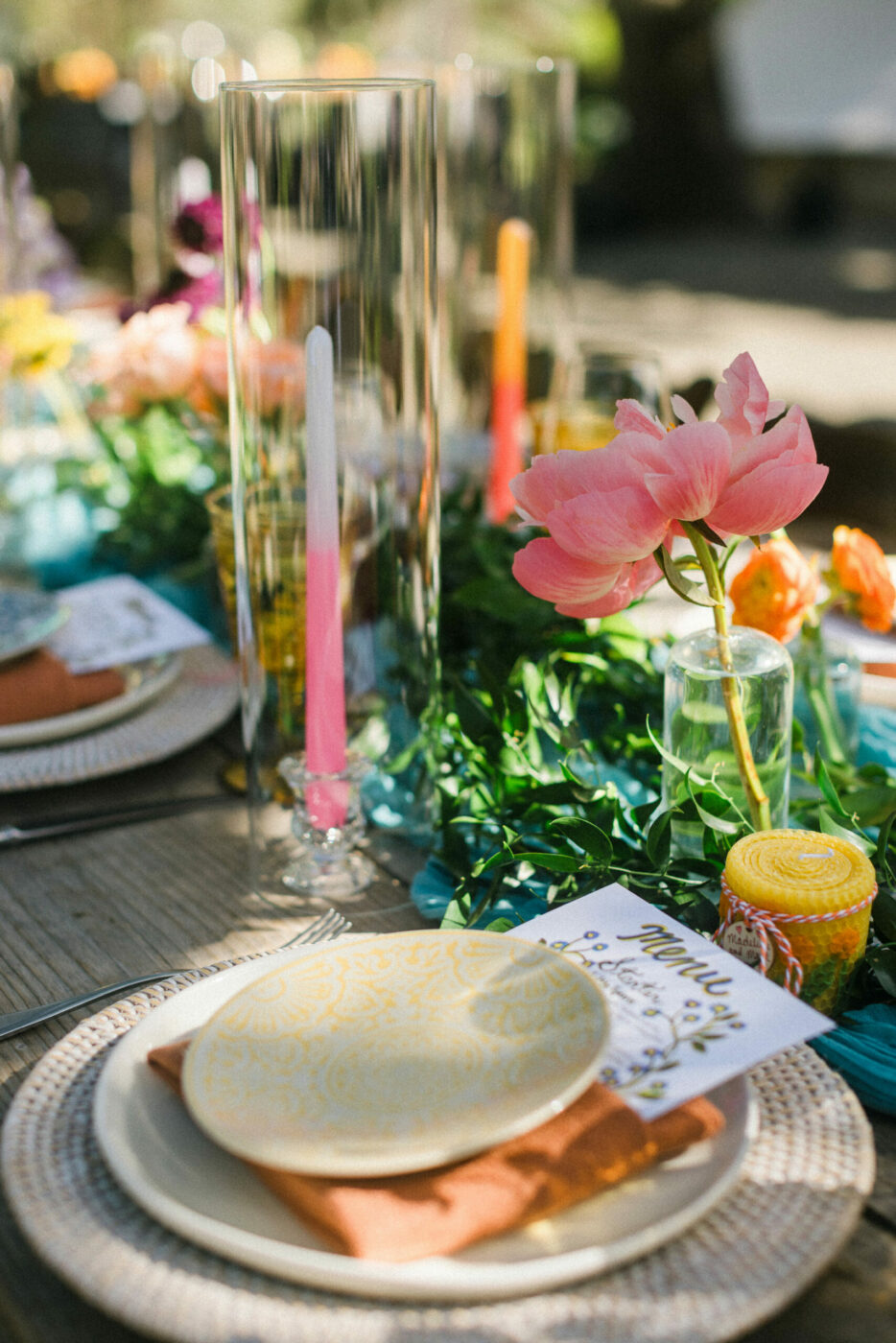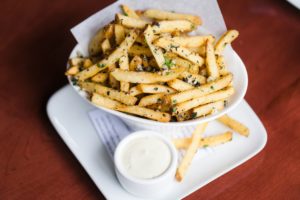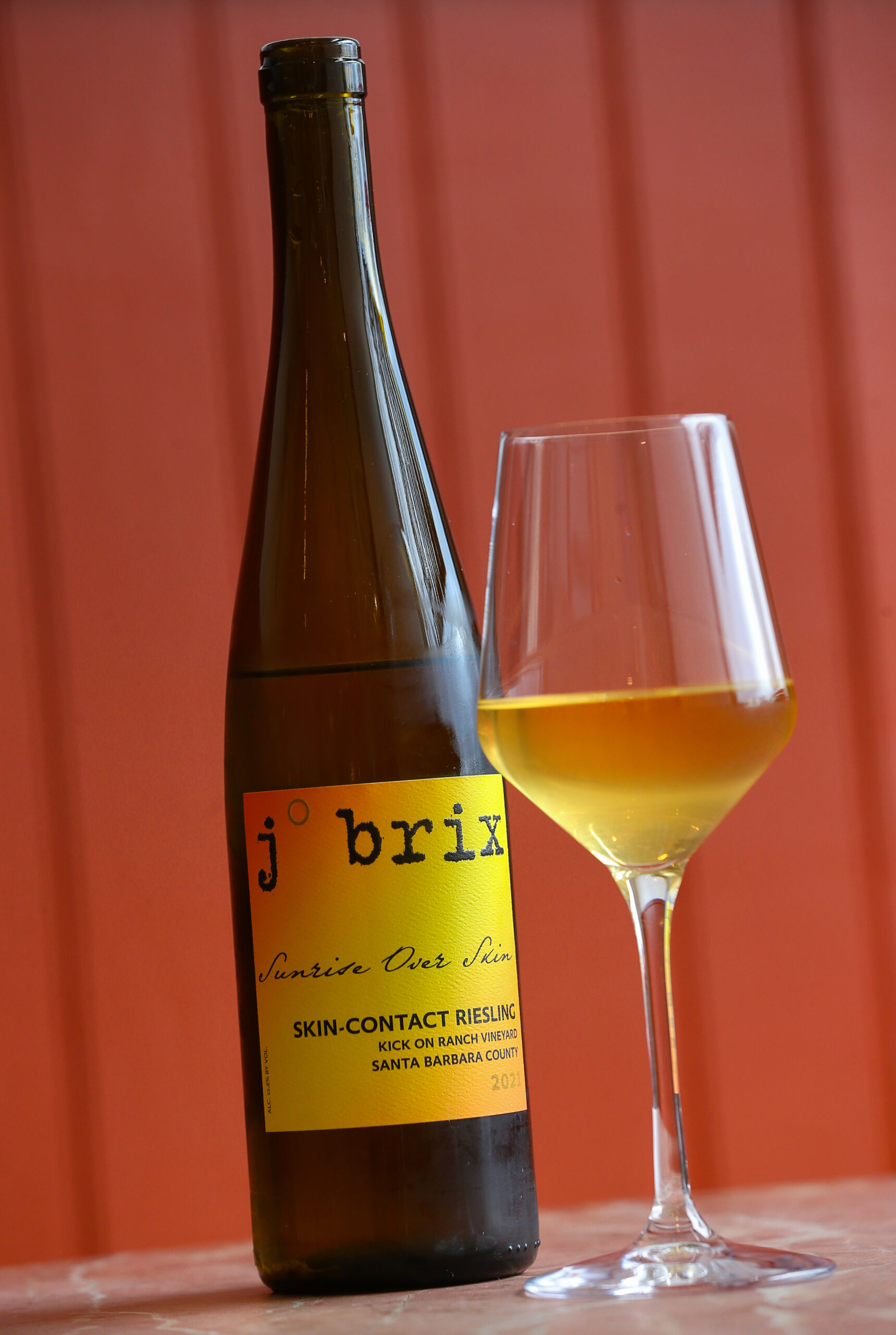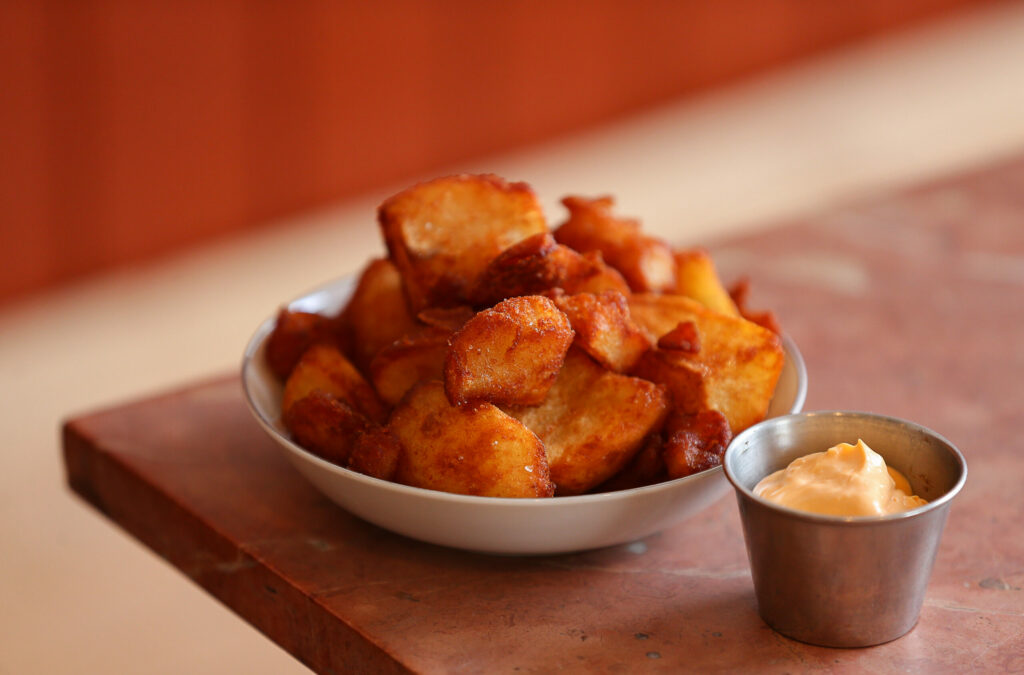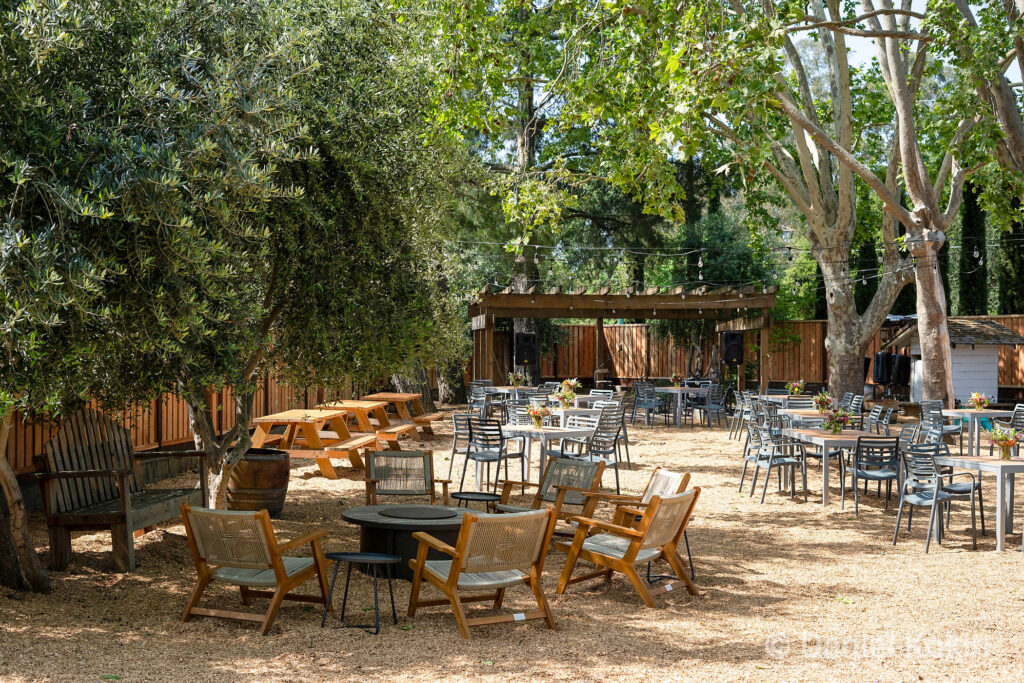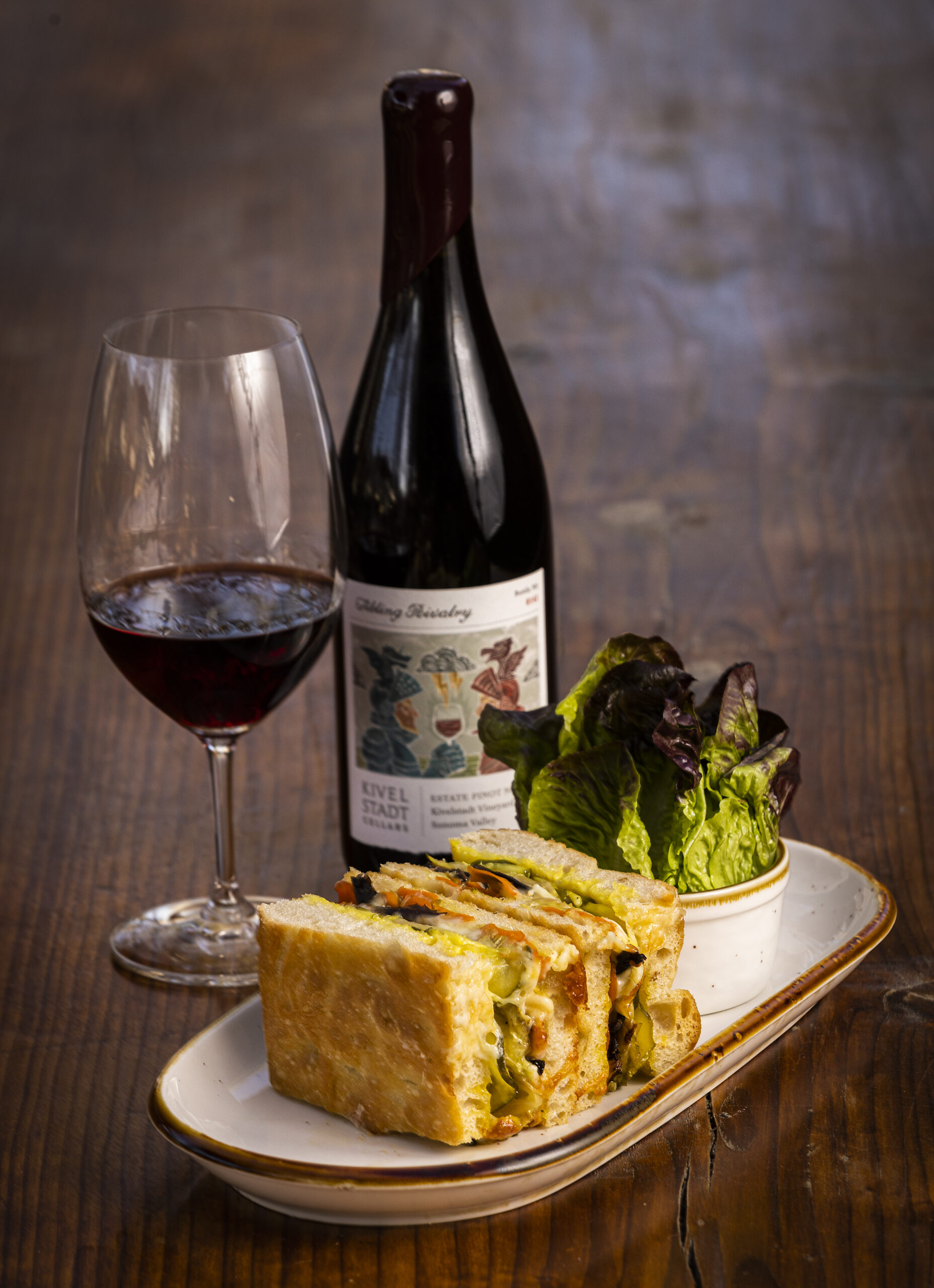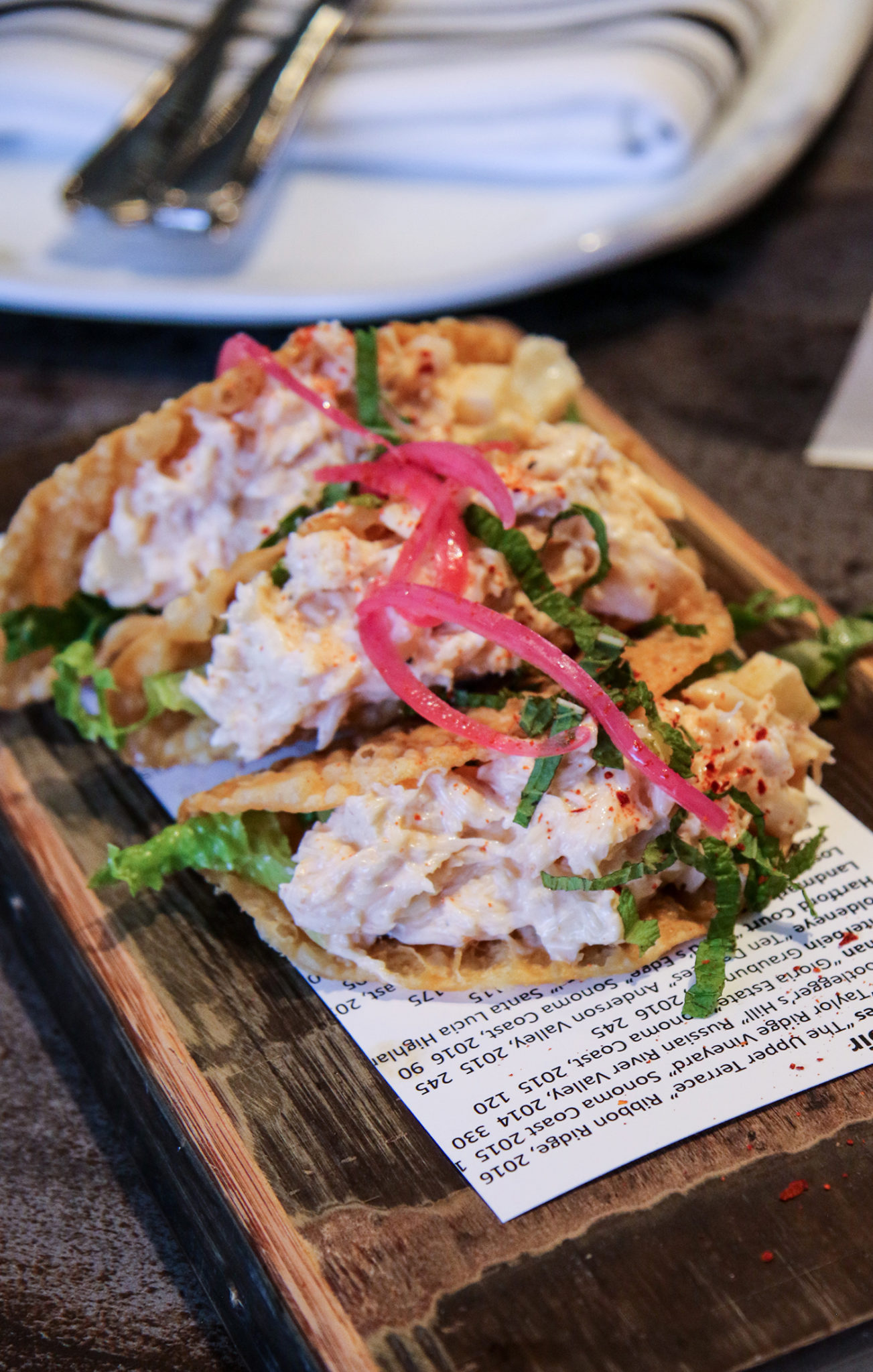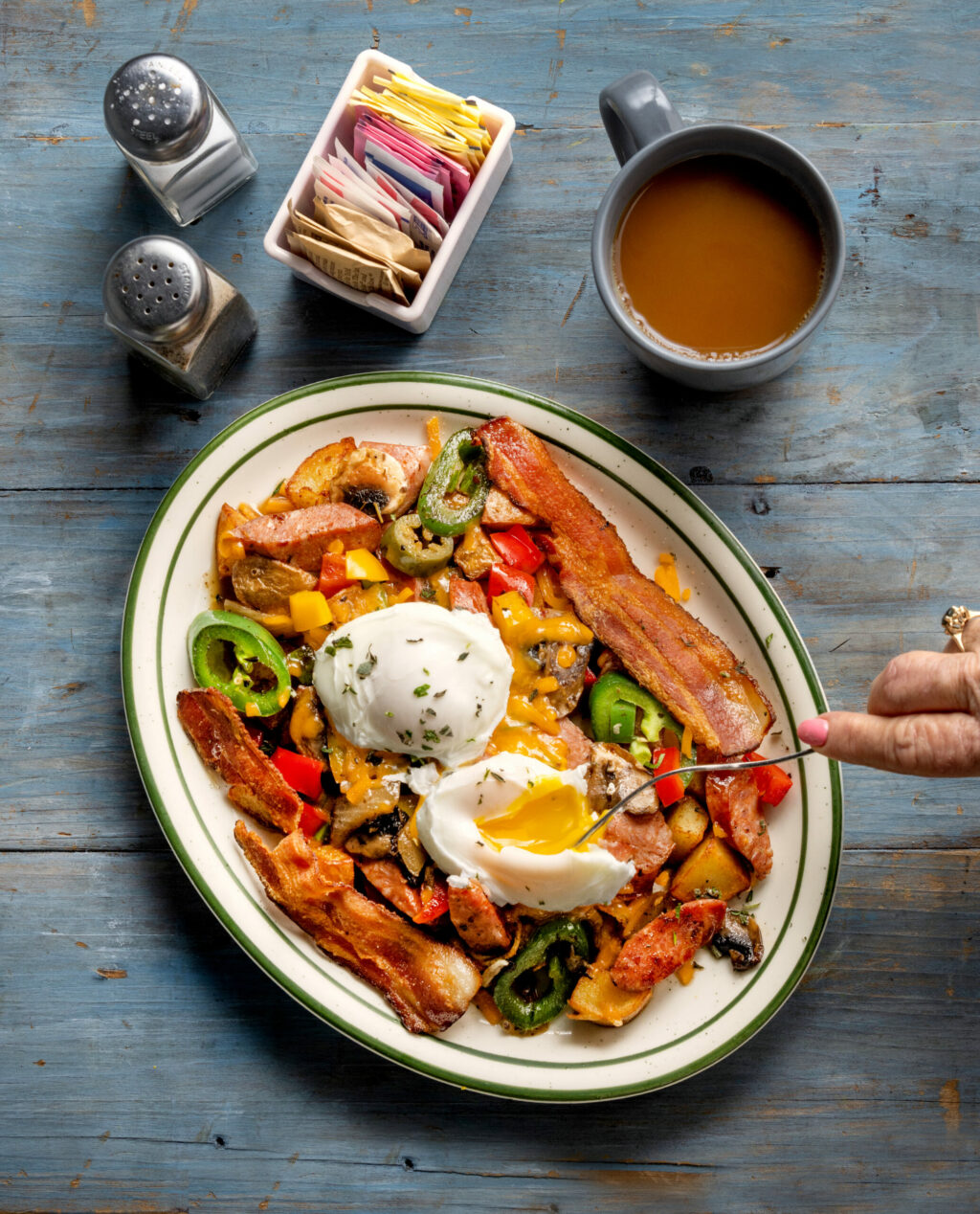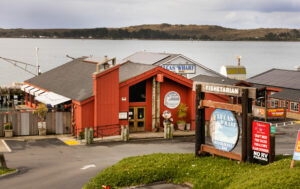It’s not unusual for a luxury resort to have its own private-label wines, but few can boast their own estate vineyards and signature wines crafted by a star winemaker. Those bragging rights now belong to Montage Healdsburg, which just released the first wines from its onsite vineyard.
The inaugural offerings, made under the Surveyor label by Aperture Cellars winemaker Jesse Katz, include two wines from the Alexander Valley appellation: a 2021 Cabernet Sauvignon and a 2021 Sauvignon Blanc.
“The vision for Montage Healdsburg has always been to create an authentic Wine Country experience for our guests,” said Allen Highfield, Montage Healdsburg’s general manager. “That’s why vineyards were woven into the fabric of the property’s design from the very beginning.”
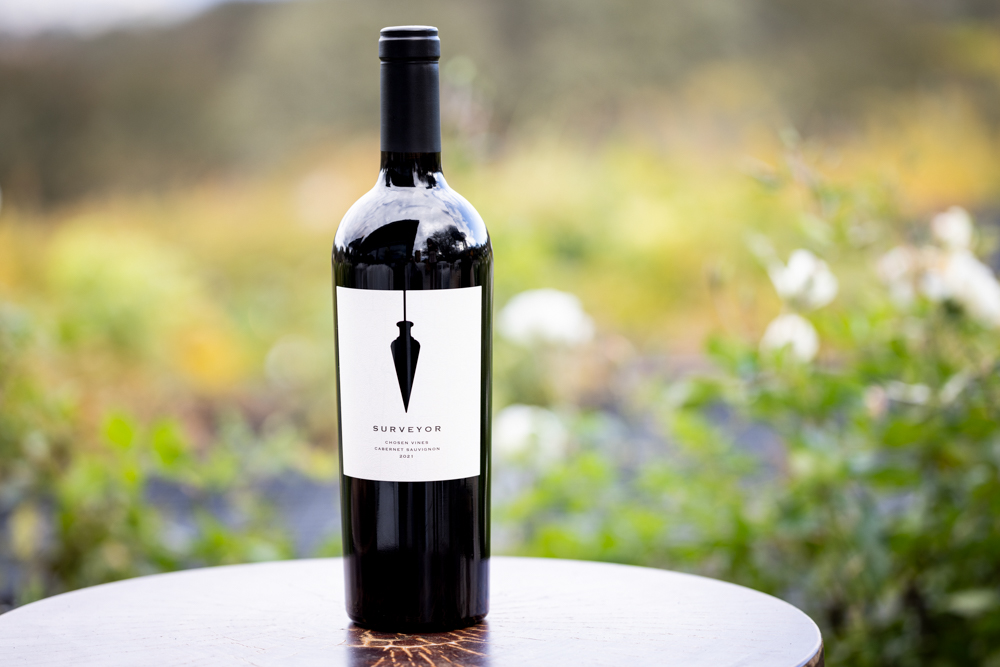
Available only to resort guests and residents, the Surveyor wines are fittingly exclusive for the acclaimed property, set among 250 acres of oak woodlands and vines in Healdsburg’s Parkland Farms neighborhood. In 2021, Travel + Leisure named Montage as one of the best new hotels in the world, and earlier this year, the resort received a coveted five-star rating in the Forbes Travel Guide Star Awards.
The wines were far from an afterthought for the luxury hotel’s developers. In 2016, years before construction began, the Montage team hired Katz to identify potential vineyard sites on the property. Three years later, with the winemaker’s guidance, planting began.
The estate now includes Malbec, Merlot, Petite Verdot, Cabernet Franc, Cabernet Sauvignon and Sauvignon Blanc — totaling 15 acres throughout the property. For much of the plantings, Katz opted for high-density rows designed to produce more concentration in the fruit.
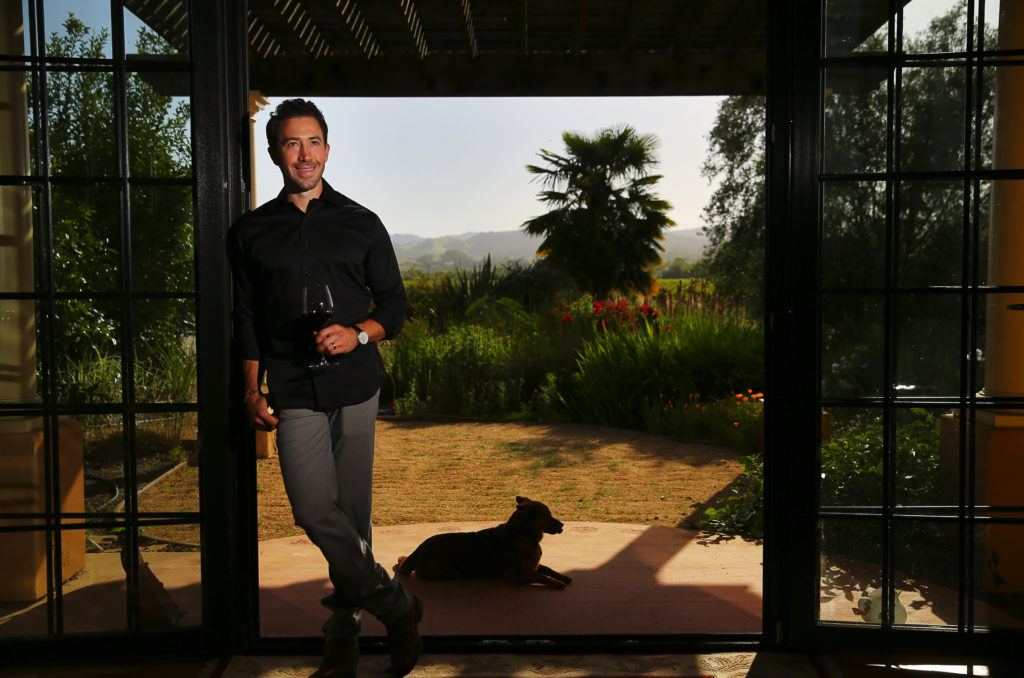
Katz is known for making full-bodied wines with velvety tannins, and his skill has made him a sought-after winemaking consultant across Sonoma County. Before founding Aperture Cellars in 2009, he worked and trained at some of the world’s most prestigious wineries, including Screaming Eagle in Napa Valley and Pétrus in Bordeaux.
The Surveyor wines, named as a tribute to exploration and Sonoma County’s terroir, reflect Katz’s hallmark style. He describes the Cabernet Sauvignon as “complex and layered,” with aromas and flavors of ripe, black fruits. The Sauvignon Blanc shows a “decadent creaminess” tempered by bright notes of citrus and green apple.
Katz is already expanding the resort’s wine lineup.
“As the vines and the individual vineyard blocks mature, some of the unique characteristics are starting to show themselves,” he said. “In 2023, I designated a few blocks near the resort for a rosé program. These blocks were farmed and harvested intentionally and only for a rosé; they were picked a bit earlier to highlight the bright acidity, whole cluster pressed lightly for just a touch of beautiful color, and barrel fermented to give it complexity.”
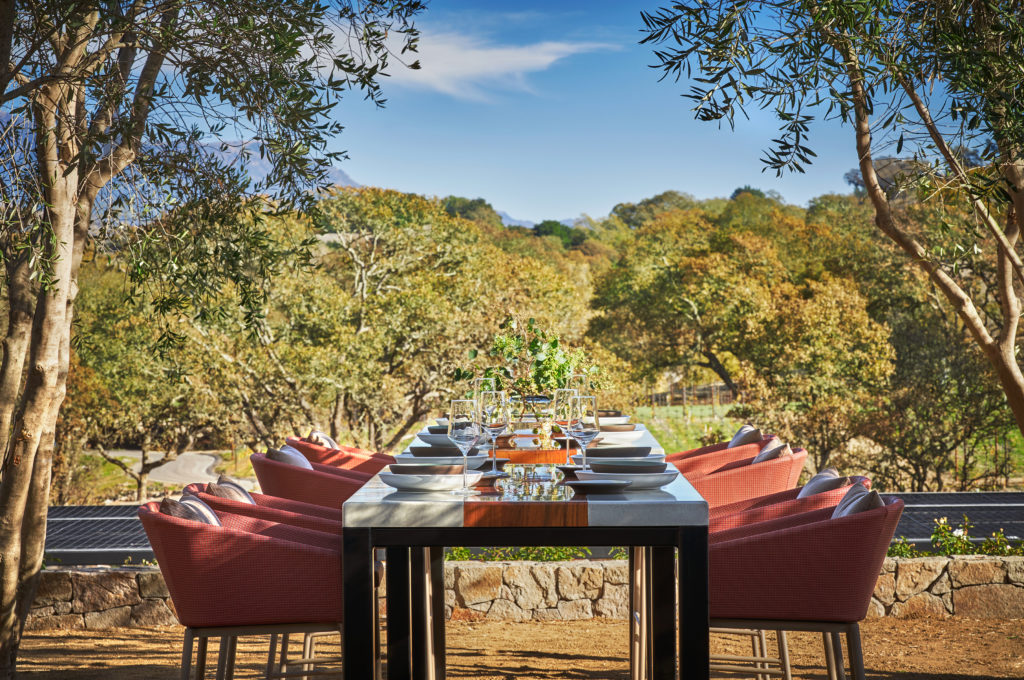
To experience the wines, you’ll need to book a stay at Montage or dine at one of the property’s restaurants, including French-inspired farm-to-table destination Hazel Hill.
Resort guests also have the opportunity to witness the life cycle of the estate vineyard, from pruning to harvest. “All will be seen in real time as it takes place at the highest level,” Katz said. “We have also created a specific experience for Montage guests at Aperture winery, which overlooks the state-of-the-art facility where all the wines are made.”
Montage isn’t the only Northern California resort destination for estate-grown wines. Along with a 5-acre organic vineyard, The Four Seasons in Calistoga is home to Elusa winery, helmed by celebrated winemaker Thomas Rivers Brown.
Montage Healdsburg, 100 Montage Way, Healdsburg, 707-979-9000, montage.com/healdsburg


